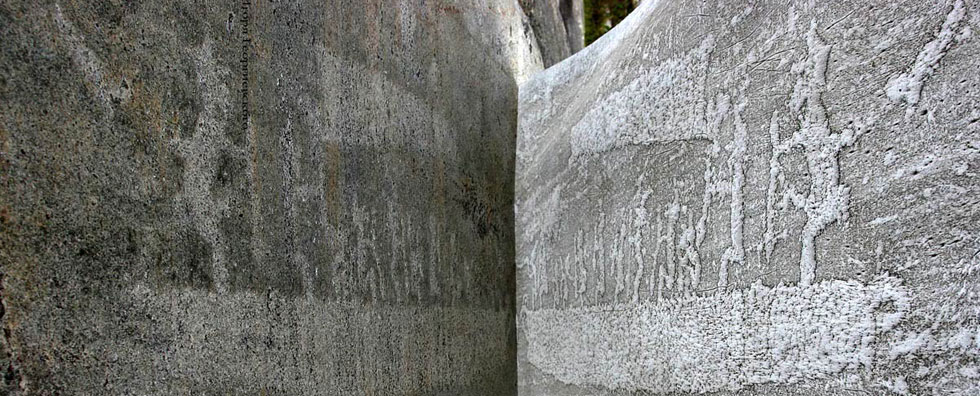
Issue №2, Vol. 12
Stankevich T., Anpilogova O., Malinov G., Gavrilov T. The efficiency rise of the feeds grinding process by optimizing its parameters // Resources and Technology. 2015. №2, Vol. 12. P. 89‒97.
DOI: 10.15393/j2.art.2015.3101
The efficiency rise of the feeds grinding process by optimizing its parameters
| Stankevich Tatyana | Petrozavodsk State University, gladiolus@list.ru |
| Anpilogova Olga | Petrozavodsk State University, anpilogova@petrsu.ru |
| Malinov Gennady | Petrozavodsk State University, malinov@petrsu.ru |
| Gavrilov Timmo | Petrozavodsk State University, gavrilov@petrsu.ru |
|
Key words: grinding the temperature of the grinding material the slip angle of the knife blade energy consumption model meat-fish feeds |
Summary: Grinding is one of the most complicated and energy-intensive processes in the technology of making feeds for fur-bearing animals. That is why the most important nowadays is the research of the parameters influencing energy consumption during the grinding process. These parameters are: the slip angle of the knife blade and the temperature of the grinding material. The influence of the parameters on energy consumption has not been studied enough yet which prevents the increasing of the efficiency of the grinding process. The aim of the article is to increase the efficiency of the grinding process by optimizing its parameters according to the minimum criterion of energy consumption. The method of multifactorial experiment planning has been considered as a means of the research. During the research the samples of meat-fish feeds were grinding on a laboratory-scale plant at different slip angles of the knife blade and temperatures according to the plan of the experiment. The analysis of the experimental data has been resulted in a mathematical model describing the changes in energy consumption of the grinding process depending on the slip angle of the knife blade and the temperature of the grinding material. The recommendations on the decreasing of energy consumption of the feeds grinding process allowing the increasing the efficiency of the process have been explained. |
Displays: 1828; Downloads: 2296;




